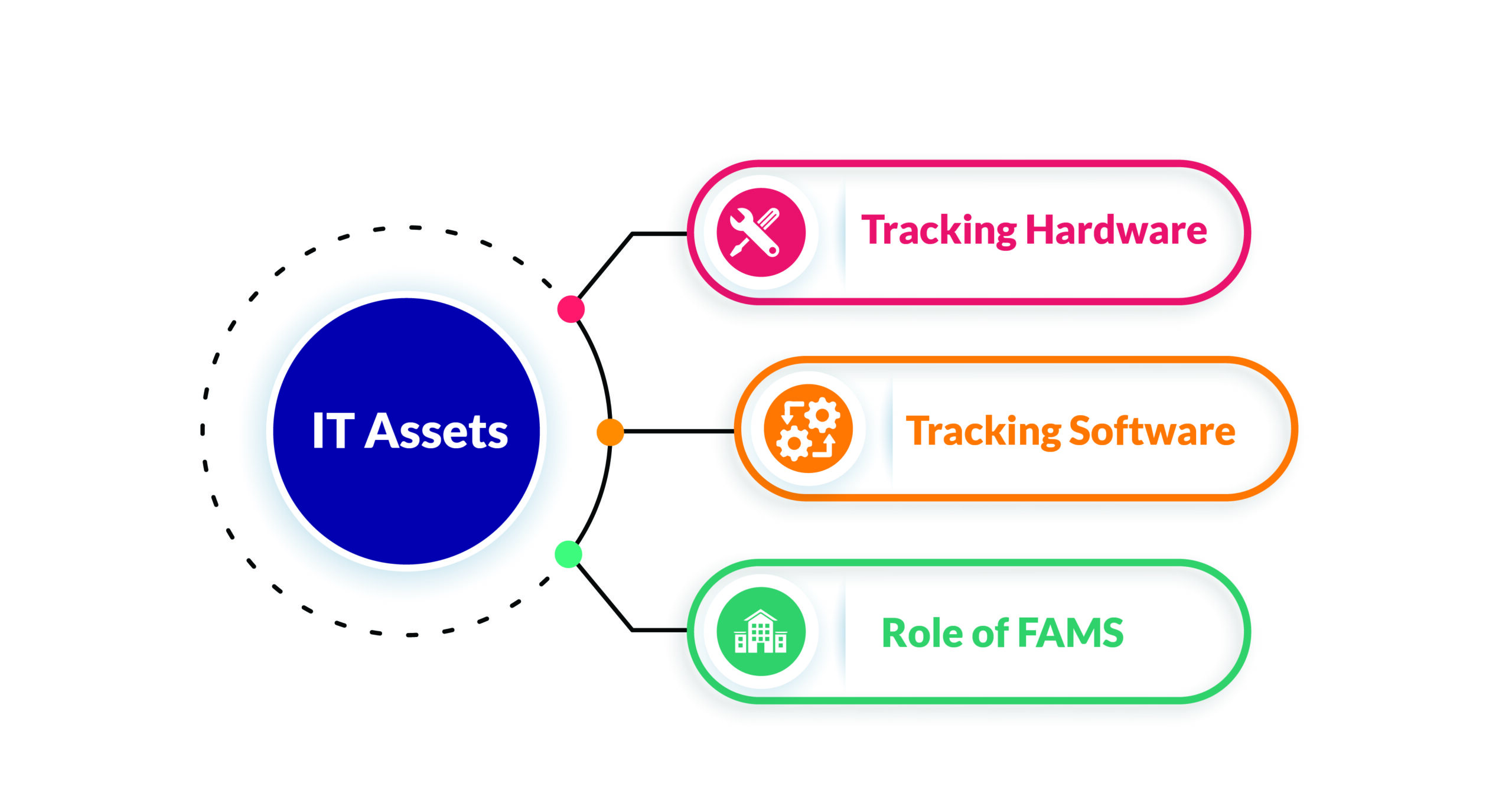Hybrid mode of working is sure to stay in the long term.
But is it efficient? The answer is yes, and no at the same time. Hybrid mode of working has its own pros and cons. Some people have grown comfortable with working from home. In fact, some employees’ productivity has boosted ever since work from home has been implemented. But on the other hand, some employees just cannot work without the office environment. Listed below are 6 challenges face by the hybrid mode of working and how one can tackle them-
 – Unconscious Biases
– Unconscious Biases
In comparison to their in-person counterparts, remote workers experience less “passive face time”. Or time spent being observed in the office. According to an MIT research, even proactive, hardworking remote employees receive lower salary raises, fewer promotions, and lower performance ratings than their in-person counterparts. Managers should instead be taught how to use performance monitoring and evaluation systems. This allows them to evaluate people objectively. Remote employees should preserve their work ties by scheduling regular catch-ups. Because remote workers can’t bump into their coworkers in the office, it’s even more crucial for them to check in frequently. This ensures that they’re top of mind when new projects or promotions arise.
– Watered-Down Office Culture
Workplace culture has traditionally grown through office ritual. Which requires everyone to be in the same physical space at the same time. When the workforce is remote, corporate cultural beliefs and norms are more open to outside influences. According to a recent survey, 76 percent of respondents said that remote work has benefited their company’s culture. Employees who reported a positive change were more likely to stay with the organisation. While being enthusiastic about their work.
– Underutilisation of Resources
As employees return to the office, there may be meeting rooms, hot desk areas, or other communal workspaces that aren’t being used. One option is to highlight these areas in an email or during team meetings in case others aren’t aware of them. Signs directing people to less-used locations or naming the spots might help boost their use. Inviting small firms to operate out of unused office spaces is another creative solution to office space. Employees may be enticed to return to the office if there are places where they can eat, drink, shop, or According to Recruiters, poor communication is the primary cause of low employee morale. It can also lead to perform other errands during the workday.
– Work Relations
Employees can be more creative when they have close working ties. It also prevents information silos from forming. Organising in-person retreats, summits, or conferences will aid in the developing relationships. Updating video conferencing hardware and software is also critical. Meeting facilitators on hybrid mode aids in the inclusion of remote workers.
– Inconsistent Communication
confusion and isolation among remote workers who feel out of the loop. Communication in writing ensures that personnel in the office and those working from home have access to the information. Transparency can be achieved by holding weekly meetings and other such mediums.
 – Overall Employee Wellbeing
– Overall Employee Wellbeing
Communicating openly and consistently with supervisors can help reduce work stress. Setting a regular schedule including when to work, exercise, eat, and relax also helps mitigate the stress that leads to burnout. Meditation can help employees detach from work, improve attention to work tasks, and allow employees to recover from screen fatigue. There also are many apps available to help employees learn how to look after their mental well-being with meditation.
In conclusion, Hybrid working is going to stay. People can go around and find ways to tackle the challenges faced by the way but there are no definite ways to avoid them. The best thing an employer can do is ensure employee wellbeing and expect productivity in return. You can read 6 Ways managers can support employee mental health at workplace here. Click here to learn more about Spine HR Suite.


 – Model Healthy Behaviour
– Model Healthy Behaviour
 Time Frame:
Time Frame:
 Recruitment
Recruitment



 – Know your Employees
– Know your Employees
 – Tracking Hardware
– Tracking Hardware
 – Request and Approval of Assets
– Request and Approval of Assets
 – Resume Parsing
– Resume Parsing
 Expense Tracking
Expense Tracking